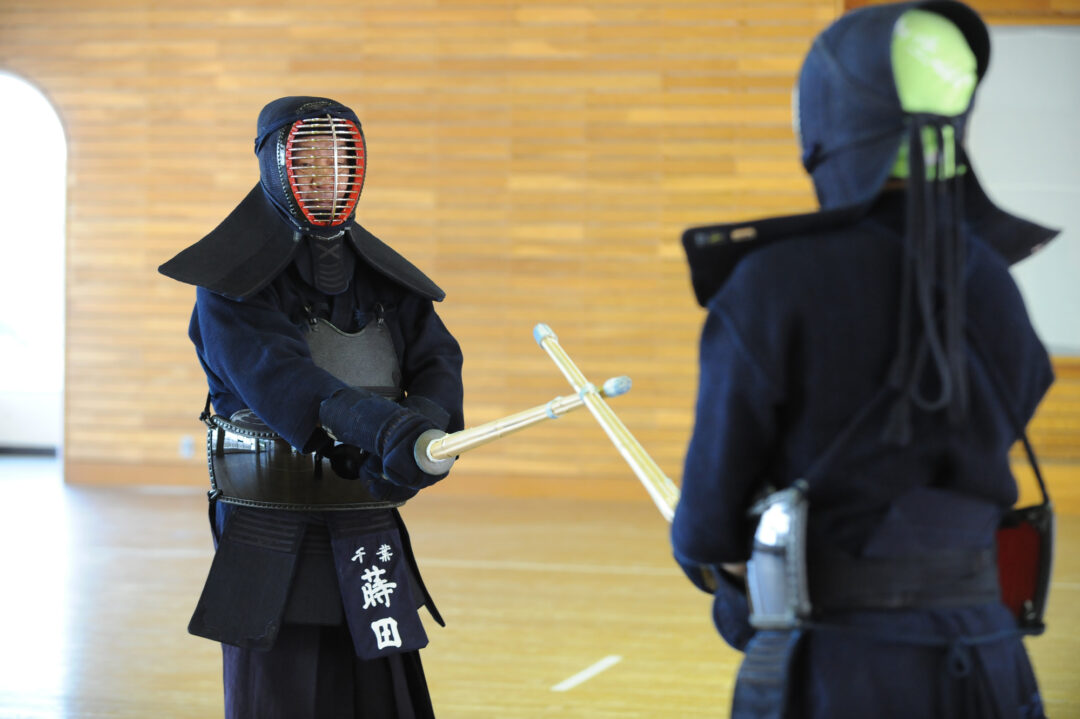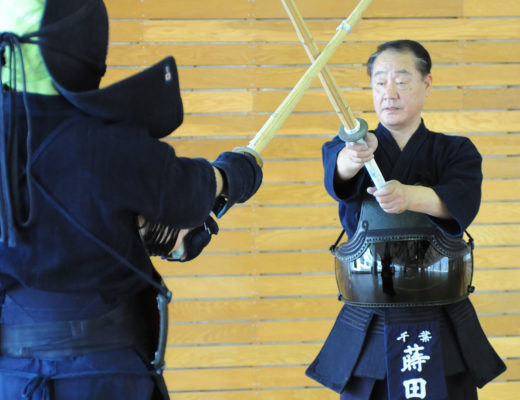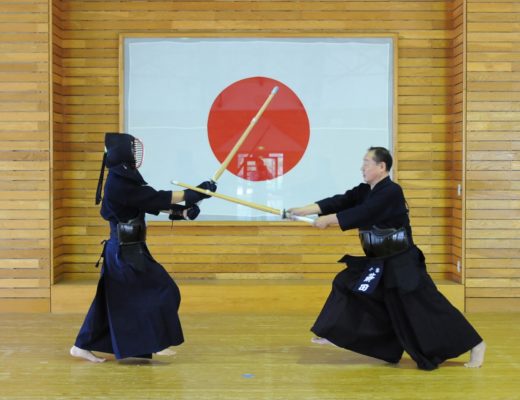2009.01 KENDOJIDAI
In 1984, Makita Minoru was hired by the International Budo University as an assistant professor at its opening. This university specializes in training Kendo instructors, and his students are active in the world of kendo in the Heisei era, including Teramoto Shoji (winner of the 55th All Japan Kendo Championship) and Wako Daisuke (runner-up in the 56th All Japan Kendo Championship).
As an athlete, he has also won the World Championship and won second place in the All Japan Kendo Federation’s 50th Anniversary 8th Dan Championship. Makita Sensei will share with you his experience of teaching and competing in Kendo.
Part 1: The purpose of Kendo training
Part 2: Synchronizing Seme and striking
Part 3: Shikake-waza
Part 4: Oji-waza
Part 5: Benefits of Suburi for competitive scenarios
Part 6: Tips for Dan examinations
Makita Minoru, 8th Dan Kyoshi
Born in 1948 in Osaka Prefecture and went on to study at PL Gakuen High School and Tokai University. When the International Budo University opened in 1984, he became an assistant professor there. He participated in the WKC becoming the individual champion, took second place in the AJKF 8th Dan 50th Anniversary Championship and participated in the All Japan Championships, the Japan East West Tournament and the National Athletic Meet. He is currently the vice president of International Budo University and Kendo Club Instructor.
Don’t strike when out of reach
Get into close quarters and close the distance with determination
As a judge for Dan examinations, I always feel that there are many examinees who strike when they are out of reach. We are supposed to stand up from Sonkyo, approach each other until swords cross, into Issoku Itto and even into Uchi-ma. However, if your will to strike is too strong, you tend to start the striking action when you can’t reach the target.
When doing so, you try to force the Shinai to reach the striking area, which leads to a forward leaning posture and leaves the waist and legs behind.
When you are facing an opponent, you can’t help but have a fear of getting struck and a greed of wanting to strike. We are all human beings, and examinations put you in the spotlight so it is natural to feel that way. However, in the case of examinations, you have to deliver a strike that will resonate with the judges’ hearts, or to put it more simply, a strike that will make you pass. To do this, it is important to close the distance between you and the opponent so that you can strike without losing your posture. This is not defined in terms of centimeters, as it varies from person to person, but it can be thought of as the distance from which you can strike without losing your posture.
It is important to acquire a sense of this distance in your regular Keiko. Know from what distance you can strike when the Shinai intersect. However, the distance you can strike in Uchikomi is not necessarily the distance you can reach in the examination. There are many cases where the linkage of the hands and feet does not work well because of the fear of being struck. In particular, if you are rushing it, you may move your hands first instead of your waist, so you need to be very careful.
Therefore, in examination, I think it is better to close the distance between you and the opponent and to be prepared to go further than the distance you have learned in practice. When you want to strike, the Kensaki naturally rises so you should keep your left hand in a fixed position and drop your right hand slightly to suppress the desire to strike. If you can advance your Maai in this way, it will be harder for your opponent to see your intentions and it will be easier for you to apply pressure.
Men is not the only striking target
Judges are looking for striking opportunities
The rest of this article is only available for Kendo Jidai International subscribers!





